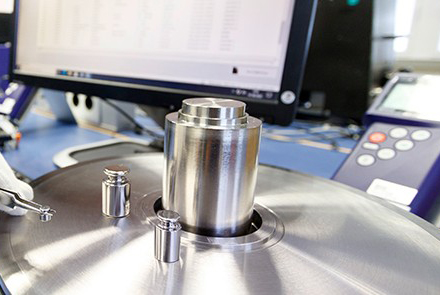Accurate speed control is essential for material testing machines to deliver reliable and valid test results. Verifying the speed of these machines ensures that they operate within the specified limits, maintaining precision and consistency during testing. Whether it’s a tensile, compression, or flexure test, deviations in crosshead speed can significantly impact the material properties being measured. This article outlines best practices for speed verification, aligned with ASTM E2658 and other international standards like ISO 9513 and ISO/IEC 17025, which govern calibration procedures.
The Importance of Speed Verification
Verifying the speed of material testing machines ensures that they operate consistently, reducing the risk of errors and inaccuracies in test results. A material’s response to stress, strain, and loading is highly dependent on the rate at which these forces are applied. For materials sensitive to strain rate, even minor deviations in speed can cause significant variations in test outcomes. Regular speed calibration is, therefore, essential to ensure that your equipment meets the required performance standards.
Industries that rely on precise material testing, such as aerospace, construction, and automotive, must adhere to strict guidelines to ensure their products meet safety and durability standards. Speed verification ensures compliance with these standards, reduces the likelihood of material failures, and provides a traceable link back to recognized calibration standards.



